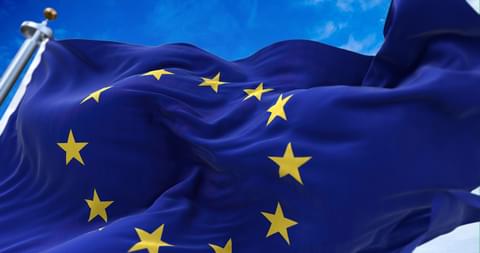EN LFGB explained
LFGB food grade testing is based on European Framework Regulation (EC) No. 1935/2004 and EC Directive 76/769/EEC.
EC 1935/2004 states that food contact materials must not threaten human health or bring about changes in food's composition, smell, and taste.
The directive is supplemented by other directives (and their amendments) related to material groups, including:
• Positive lists of authorised substances
• Special conditions for the use of these substances
• Basic rules for compliance checking
• Overall migration limit of constituents into or onto foodstuffs
• Specific migration limits of certain constituents into or onto foodstuffs
In addition, all food contact materials should be manufactured according to good manufacturing practices (GMP) as regulated by Regulation (EC) 2023/2006.
EC Directive 76/769/EEC (including its amendments) relates to restrictions on the marketing and use of certain dangerous substances and preparations. The directive applies to all articles and materials that come
in contact with foodstuffs.
The “Knife and fork” mark is a symbol of food safety.
Food contact materials that bear the “knife and fork” symbol have passed inspection in accordance with EU food safety regulations agreed to by member states.
LFGB testing is comprised of the following:
1. General manufacture and materials
2. Sensorial examination: the transfer of smell and taste from products to food
3. Plastic migration test and extractable heavy metal test
4. Metal composition and extractable heavy metal test
